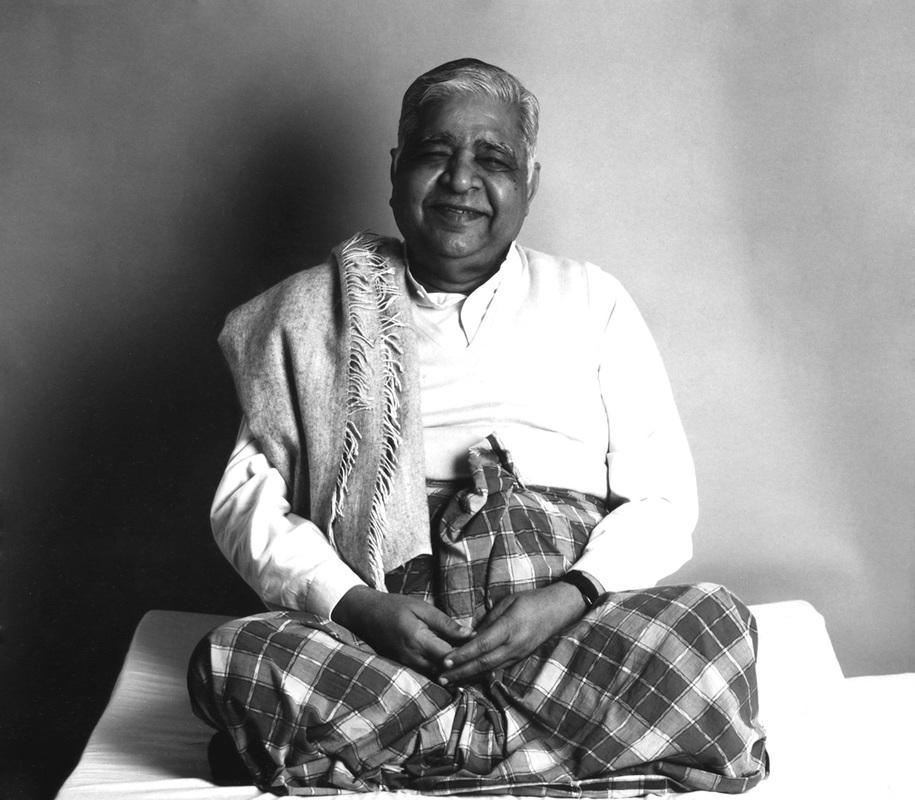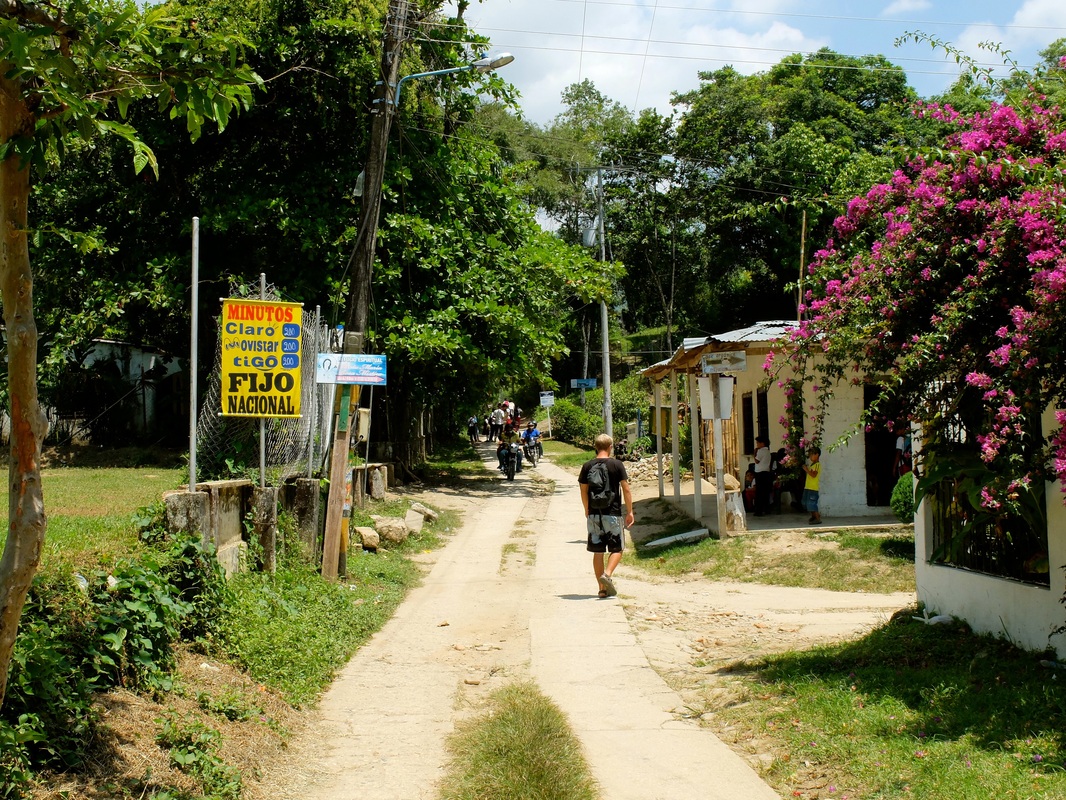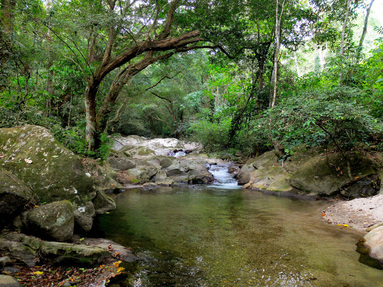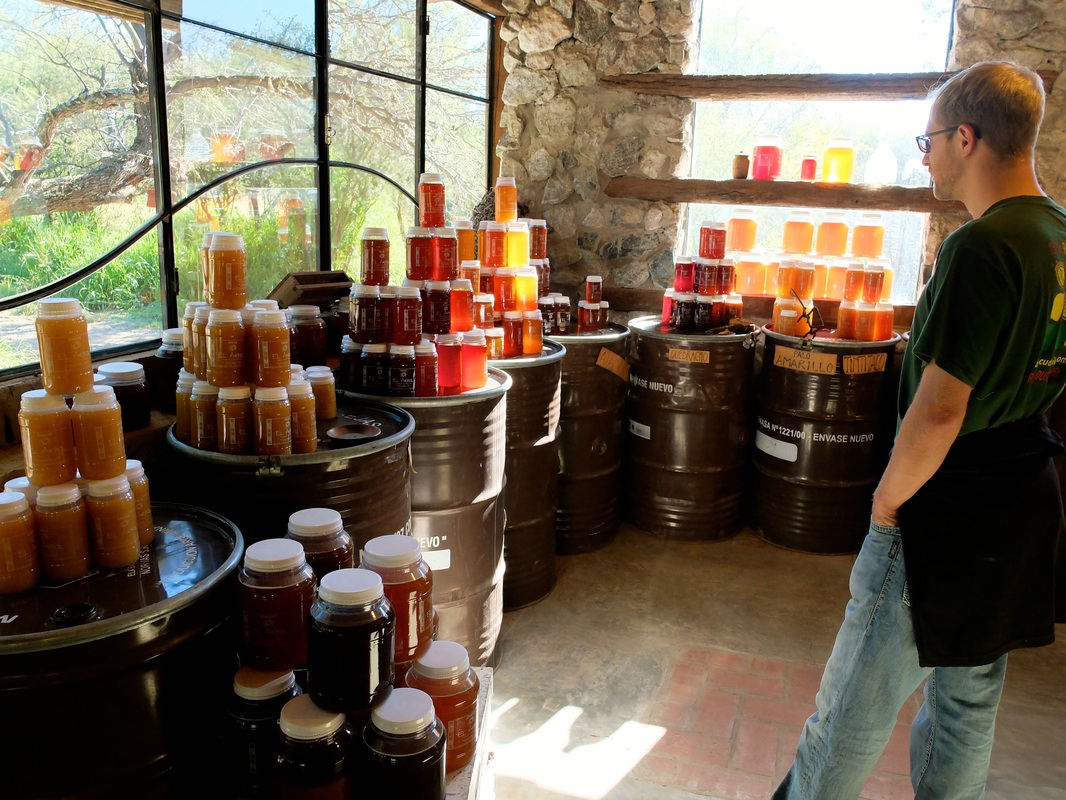Background
At first glance a ten-day meditation retreat sounds like a nice and relaxing getaway from the hustle and bustle of life. After a few strictly scheduled days which consist of waking up at four in the morning, a total of eleven hours of meditation with just enough time in between sessions to eat, rest, and poop, and zero communication with the dozens of other students around you, you quickly realize that there’s a lot more to this than just sitting around.
As with any “spiritual” or “new age” process, with Vipassana you’ll encounter a wide variety of followers. This includes people who insist they feel the “vibrations of the universe” and swear by the healing frequencies of crystals and reiki. It also includes those who regularly commune with some form of a “creator” and are sure that, once their bodies cease to function, their “souls” will leave this “plane” and go … somewhere else. You’ll be surprised, though, that it also includes people who are scientifically minded, logical thinkers who “need to see it to believe it”. I consider myself to be in this last group, although I pass no judgment to all the other crazies. Although the core teachings of the technique are in line with those of old-school Buddhism, the beauty of Vipassana is that it’s compatible with any other belief system and doesn’t require things like blind faith or voodoo magic. Real people give it a try and real people find it beneficial, quite often even going back for more.
My recent course near Merritt, B.C. was my second ten-day course, my first one being about six years ago near Oakville, Ontario. To be honest, I’d forgotten how difficult the course is, which is just as well since it made it easier to convince Chelsea to give it a try. There are Vipassana centers located all over the world, and although there are shorter one- or three-day courses offered to experienced students (as well as longer courses of 20, 30, 45, or even 60 days!), the only way to get introduced to the technique is to sit the full ten days – no shortcuts!
I can’t think of a single person in my life that wouldn’t benefit from attending a Vipassana course, assuming they’re able to sit still long enough to give it a fair chance. I’m not saying that everyone who takes a course will want to dive full-on into the Vipassana technique and dedicate the rest of their lives to meditation (I most certainly don’t), just that there are clear and concrete benefits to giving it a chance.
In this post I’ll go over some of the basic ideas of the technique and describe some of my personal experiences with it. If you’re already planning on sitting a ten-day course then I urge you to skip straight to the “things to know before your ten-day sit” section near the end – you’re probably better of going into it without too many preconceptions.









 RSS Feed
RSS Feed